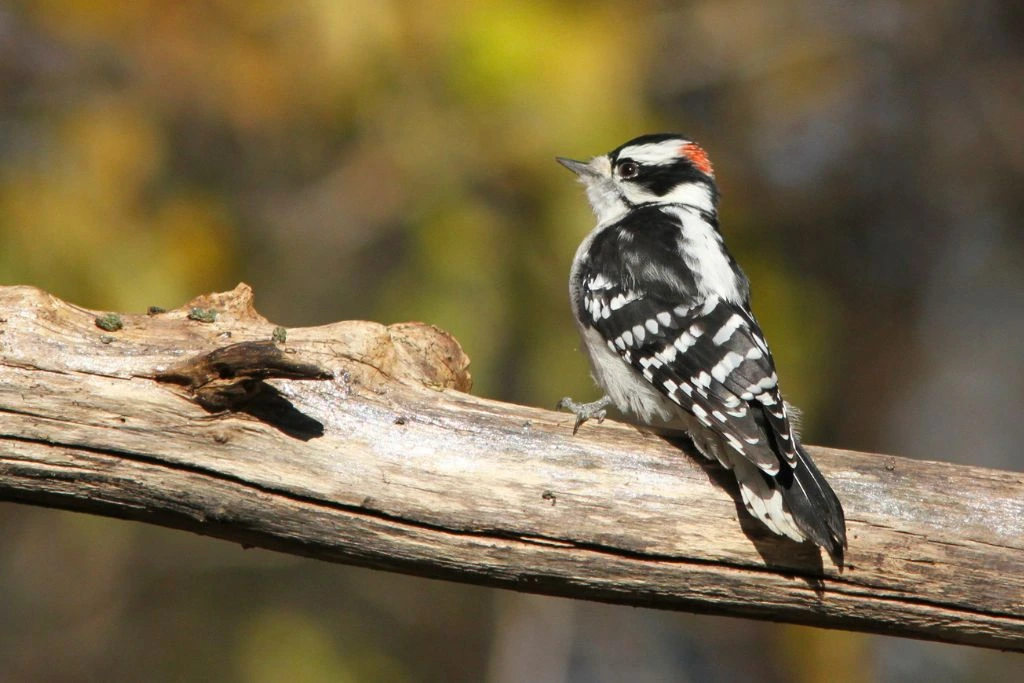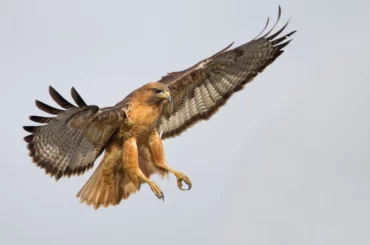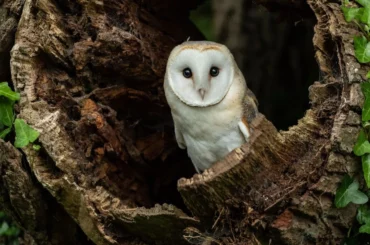Woodpeckers are an important part of the ecosystem. However, they have become endangered in many parts of the world because of the destructive power of humans. As such, they are protected by law in some countries but not others. There are several different species of woodpeckers that call North America home, and each one has its own unique characteristics and habits.
Woodpeckers are small birds with long, thin wings and long pointed feathers on their bodies. These characteristics make them excellent fliers, but also make them hard to see in the trees, due to their short wings. These attributes also separate woodpeckers from other species of birds of similar size.
Woodpeckers have special pecking abilities they use to drill into wood to get a grip on branches and tree trunks. They use their bills to peck at the wood for food or insects.
Check out our list of Texas woodpecker pictures and descriptions!
1. Pileated Woodpecker
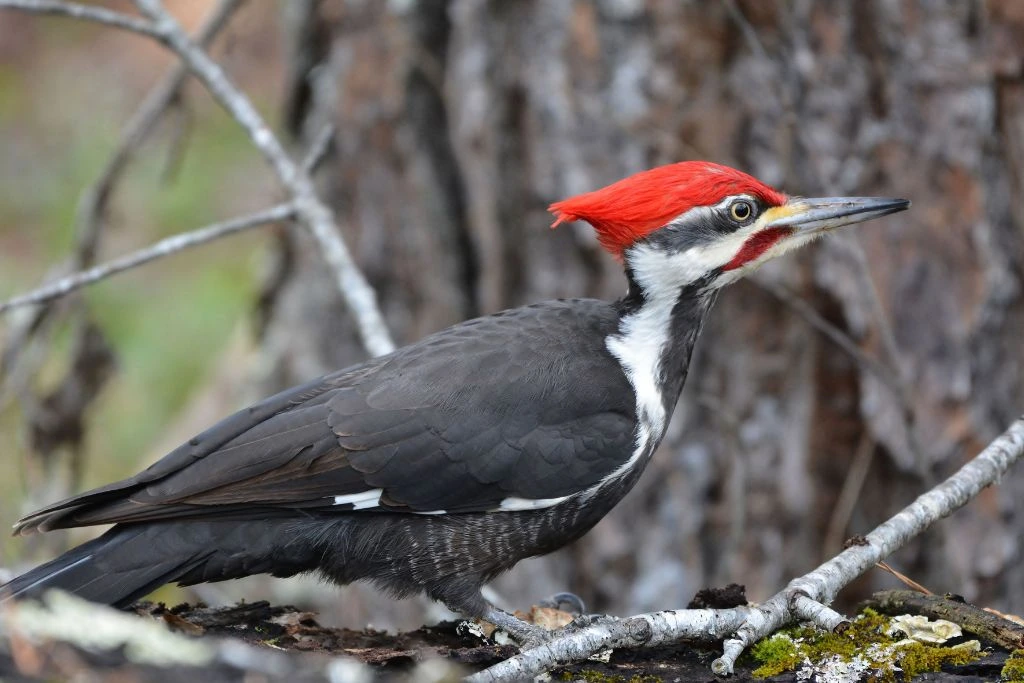
- Kingdom: Animalia
- Phylum: Chordata
- Class: Aves
- Order: Piciformes
- Genus: Dryocopus
- Species: Dryocopus pileatus
The pileated woodpecker (Dryocopus pileatus) is the largest species of woodpecker in North America, with a wingspan of up to 12 feet (3.9 meters) and a body weight of about 15 pounds. In comparison, it’s almost the size of a crow.
These woodpeckers in East Texas can often be found in wooded areas near human habitation. The pileated woodpecker is a social bird that typically associates only with other members of its species. This species is known for its distinct piping calls.
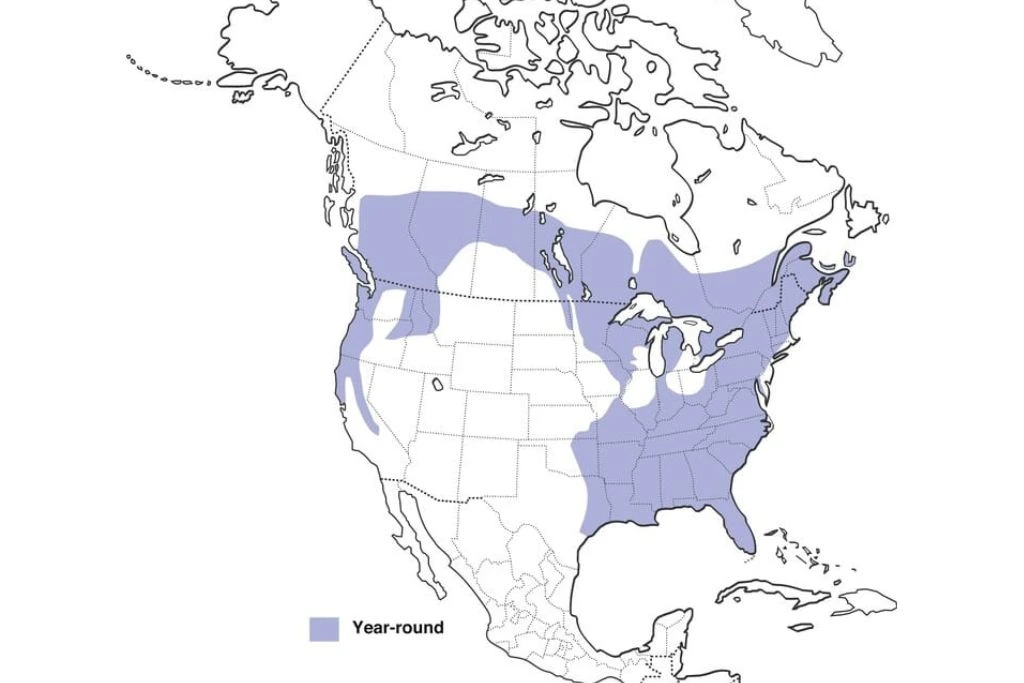
What’s particularly striking about pileated woodpeckers is their red-triangular crest. The males are notable for having a red stripe on their cheeks. These birds often consume carpenter ants in fallen logs and dead trees, but they may also eat termites, beetle larvae, and other types of insects. This doesn’t mean they would shy away from eating fruits, as they may also satisfy their hunger with sumac berries, blackberries, and elderberries.
2. Red-Headed Woodpecker
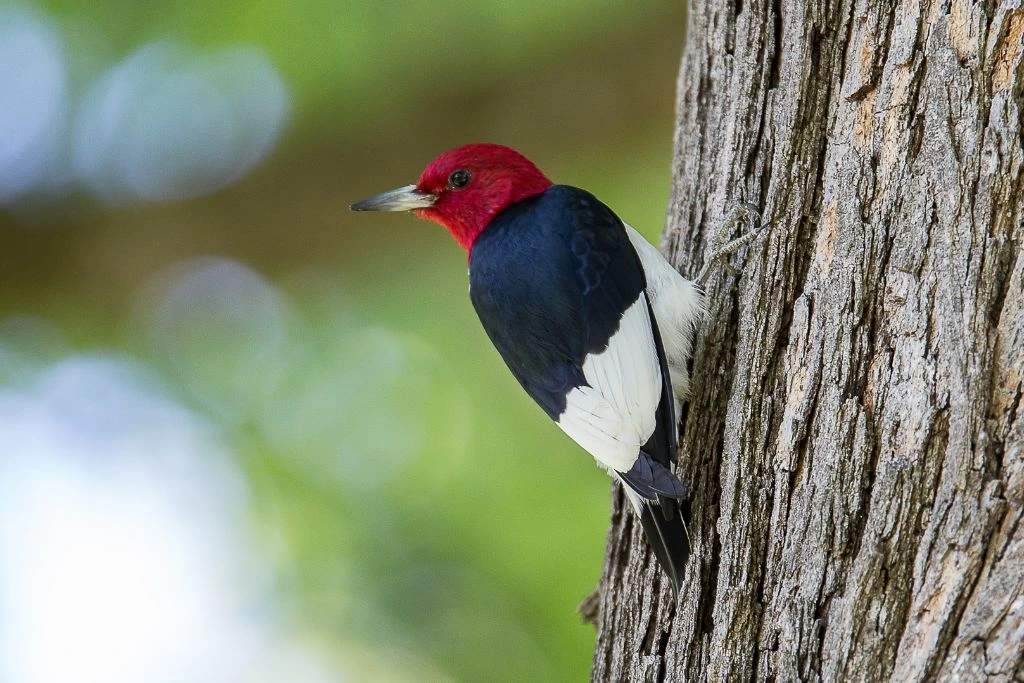
- Kingdom: Animalia
- Phylum: Chordata
- Class: Aves
- Order: Piciformes
- Genus: Melanerpes
- Species: Melanerpes erythrocephalus
The red-headed woodpecker (Melanerpes erythrocephalus) is found in parts of the Northern United States, Easternmost Canada, and Northern Mexico. This species is also found in parts of South America. The red-headed woodpecker is a large, long-winged bird with a redhead, red speckles on the wings, and white outer tail feathers.
The red-headed woodpecker is good at foraging, particularly for insects. This species is also known for its loud calls with a hoarse tchur.
You can find these North Texas woodpeckers in abundance all year round, even during winter, as most of them spend the season in the state.
It’s easy to identify these woodpeckers because of their bright red heads and white and black markings. Their spike bills are also a good giveaway.
Despite their small size, red-headed woodpeckers are known to defend their territories well. They can destroy or remove other birds’ eggs.
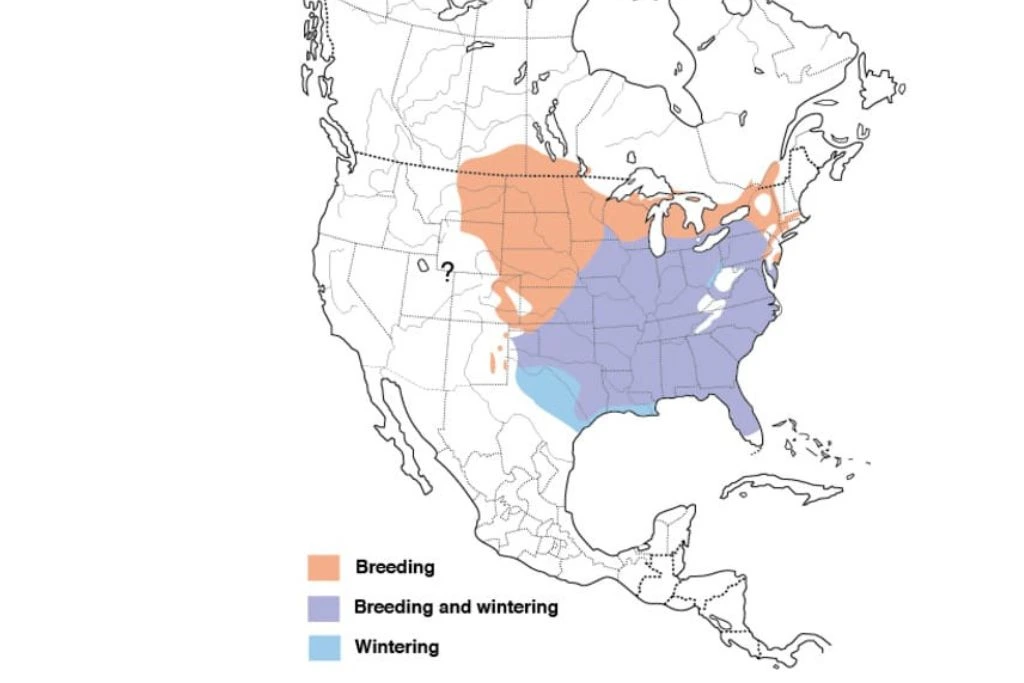
These woodpeckers can also catch insects in flight and feed on beetles, honey bees, and midges. They also consume plant materials such as berries, nuts, and seeds.
Due to habitat loss, the population of red-headed woodpeckers declined greatly.
3. Acorn Woodpecker
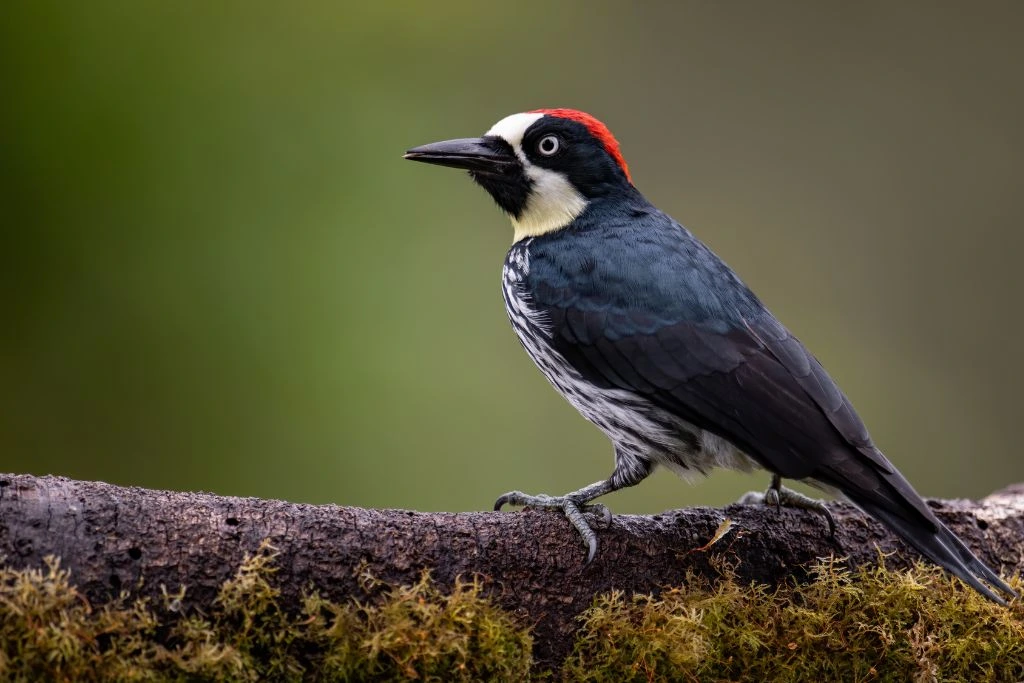
- Kingdom: Animalia
- Phylum: Chordata
- Class: Aves
- Order: Piciformes
- Genus: Melanerpes
- Species: Melanerpes formicivorus
The acorn woodpecker (Melanerpes formicivorus) is found in the Southeast and Central United States. It was formerly considered a subspecies of the red-headed woodpecker but is now recognized as a distinct species in its own right.
The acorn woodpecker is a large, long-winged bird with brown upper parts and a white underpart. This bird is a quiet, retiring species that may make a nest in a tree. They are also known for their loud and squeaky waka-waka-waka. They often use this sound to greet their family and peers or when they want to dispute their territorial boundaries.
There are pretty common sightings in areas where you can find pine oaks. You’re likely to spot them once you hear their loud squawks that sound like that of a parrot.
These Central Texas woodpeckers exhibit an intricate social system. They maintain a huge family group, with young woodpeckers staying behind to raise more young. It’s also common to find different family members to breed within the family. Often, their family groups will have three breeding females with as many as seven males.
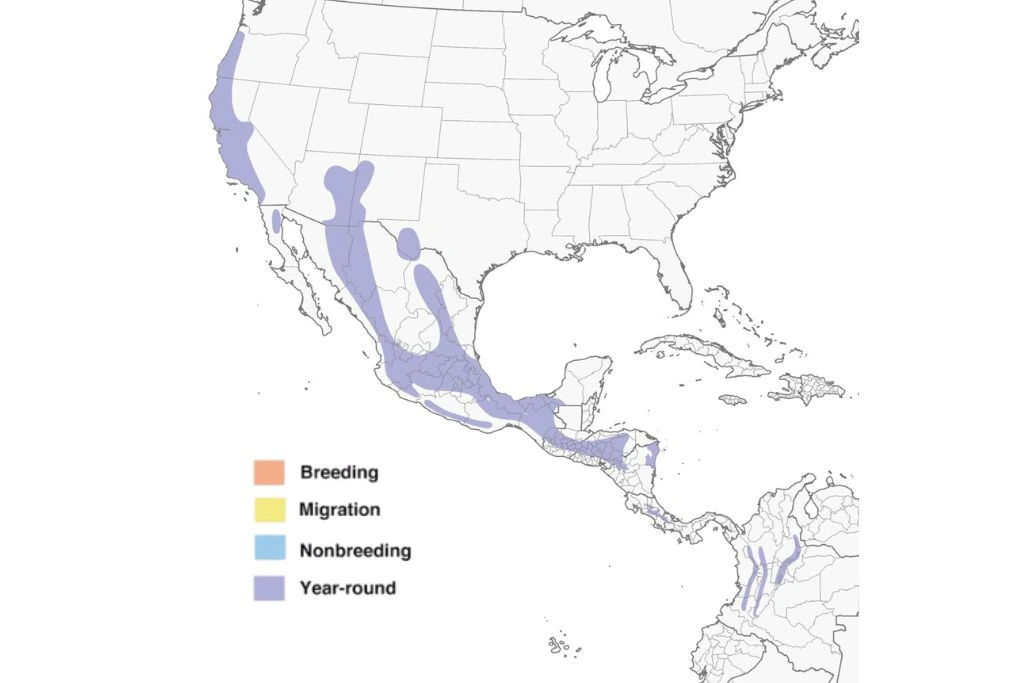
As their name suggests, acorn woodpeckers collect acorns, which they store in the holes they drill in a tree, often a granary tree. That’s why you’ll most likely find one tree with up to 50,000 holes. Come autumn, these holes will have acorns.
4. Golden-Fronted Woodpecker
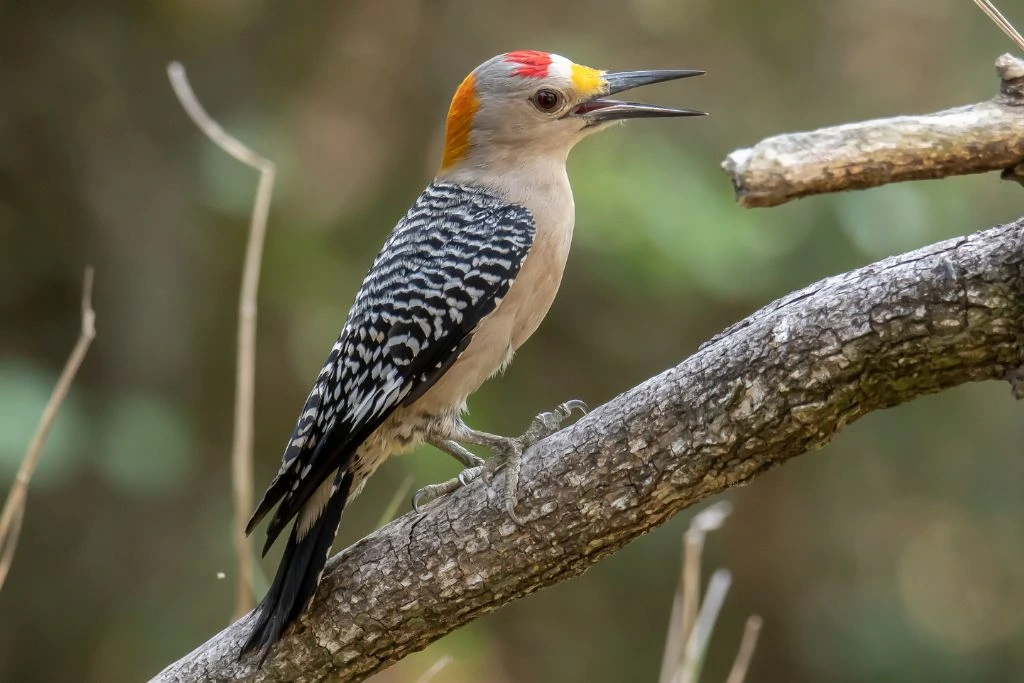
- Kingdom: Animalia
- Phylum: Chordata
- Class: Aves
- Order: Piciformes
- Genus: Melanerpes
- Species: Melanerpes aurifrons
The golden-fronted woodpecker (Melanerpes aurifrons) is widespread in North America, with a large population breeding in the northern part of the country. This species is not considered endangered but is listed as such due to its declining population.
The golden-fronted woodpecker is a large, long-winged bird with a golden crest, white underparts, brown barring, and long, golden antennae. They are notable for having medium-sized woodpeckers and pointed bills.
This is one of the bird’s adaptability features, as it can live in a variety of habitats, including urban areas. They find habitats in the dry bushlands of Texas, with a usual woodpecker behavior of calling or drumming in the morning.
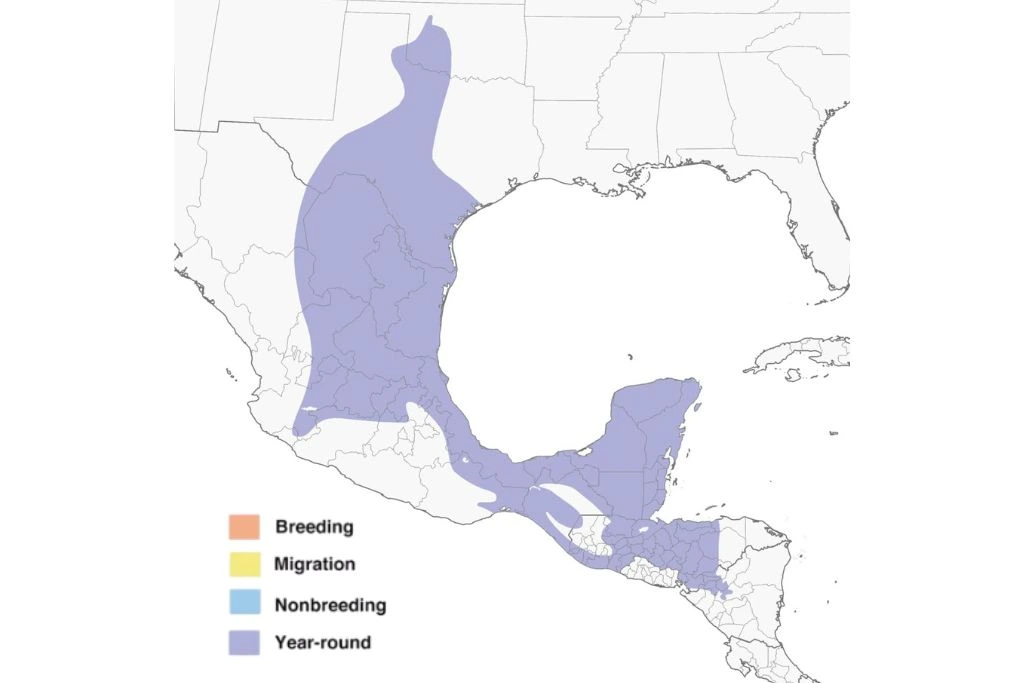
They mostly consume insects from trunks and branches of trees, but their diet also consists of fruits and nuts. During summer, it won’t be hard to spot a golden-fronted woodpecker eating a prickly pear cactus fruit.
5. Red-Bellied Woodpecker
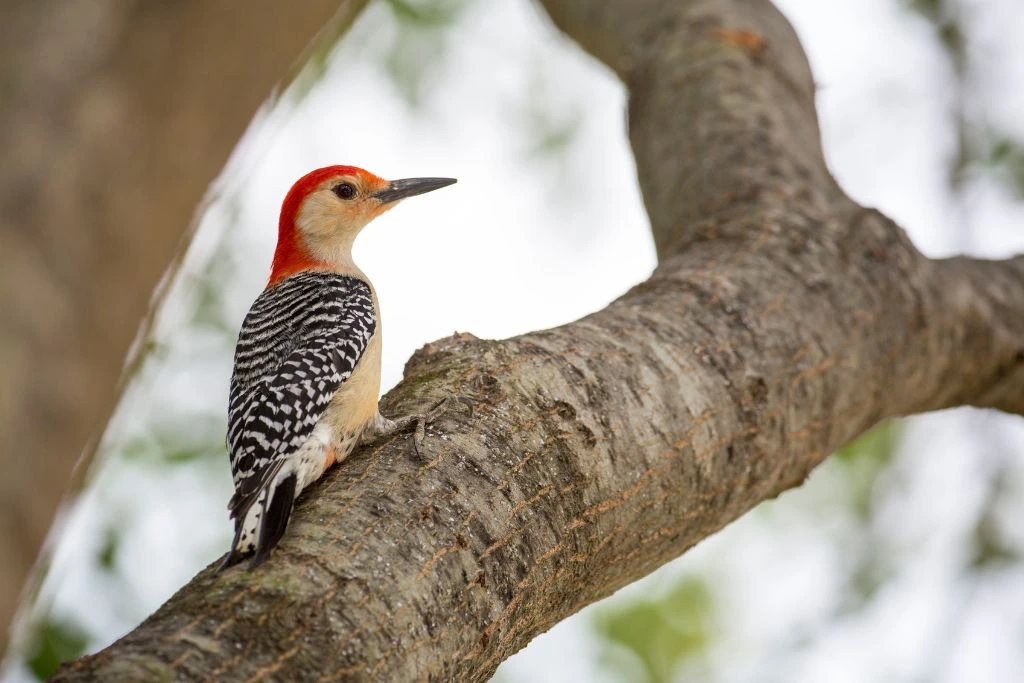
- Kingdom: Animalia
- Phylum: Chordata
- Class: Aves
- Order: Piciformes
- Genus: Melanerpes
- Species: Melanerpes carolinus
The red-bellied woodpecker (Melanerpes carolinus) is found in Eastern Texas. While they are common, with expansion northward, much can still be done for their conservation. According to the North American Breeding Bird Survey, the red-bellied woodpecker’s population only grew by 0.8% from 1966 to 2019.
The red-bellied woodpecker is a large, long-winged bird with red eyes and a red patch on the head. They are good at foraging, particularly for insects.
This species is also known for its common call punctuated by a shrill or rolling churr. You can hear these calls from both males and females. You may also hear them let out a coughing or throaty growl when they’re trying to attract a mate.
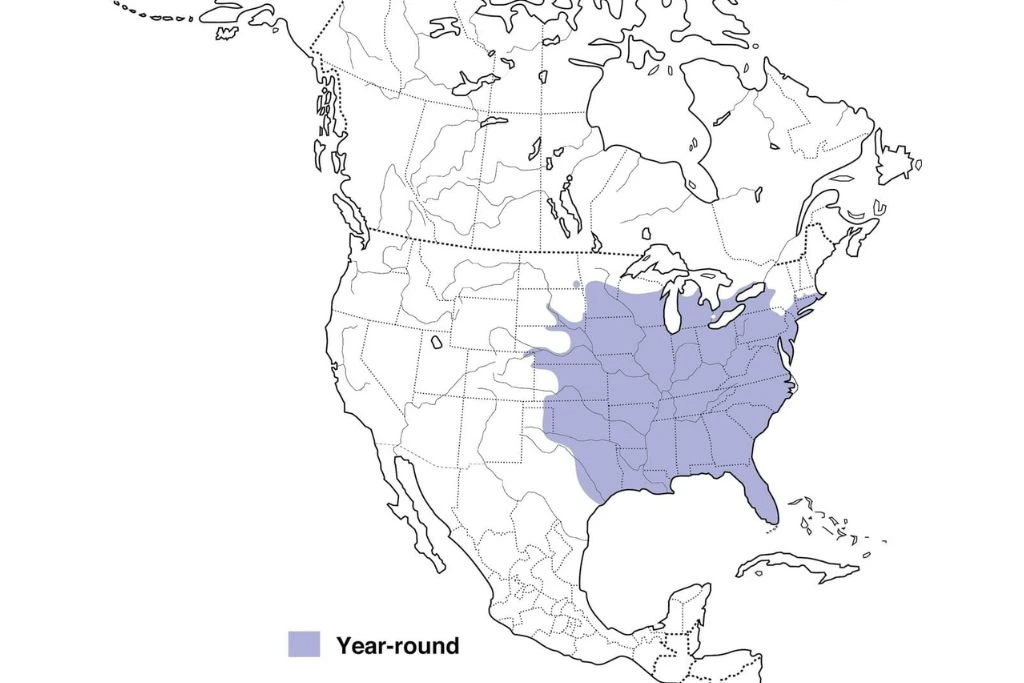
These woodpeckers are a critical part of Texas’s wildlife. The holes they put on dead trees become home to wrens, bluebirds, and chickadees. These species are common to see year-round. Like the acorn woodpeckers, these birds would also store their food in the holes they drill. Their diet includes berries, fruits, and nuts.
6. Yellow-Bellied Sapsucker

- Kingdom: Animalia
- Phylum: Chordata
- Class: Aves
- Order: Piciformes
- Genus: Sphyrapicus
- Species: Sphyrapicus varius
The yellow-bellied sapsucker (Sphyrapicus varius) is a widespread species found in North America, Central America, and the Caribbean. The yellow-bellied sapsucker is a large, long-winged bird with a yellow head and breast. They are good at foraging, particularly for insects. This species is also known for its nasal and scratchy calls. You may hear them make short but repeated “quee-ah” sounds.
As a sapsucker, these birds will feed at sap wells, a row of shallow holes drilled on tree barks. These sap would usually have sugary sap. In some cases, these saps will be ladened with insects that may have been stuck.

7. Red-Naped Sapsucker
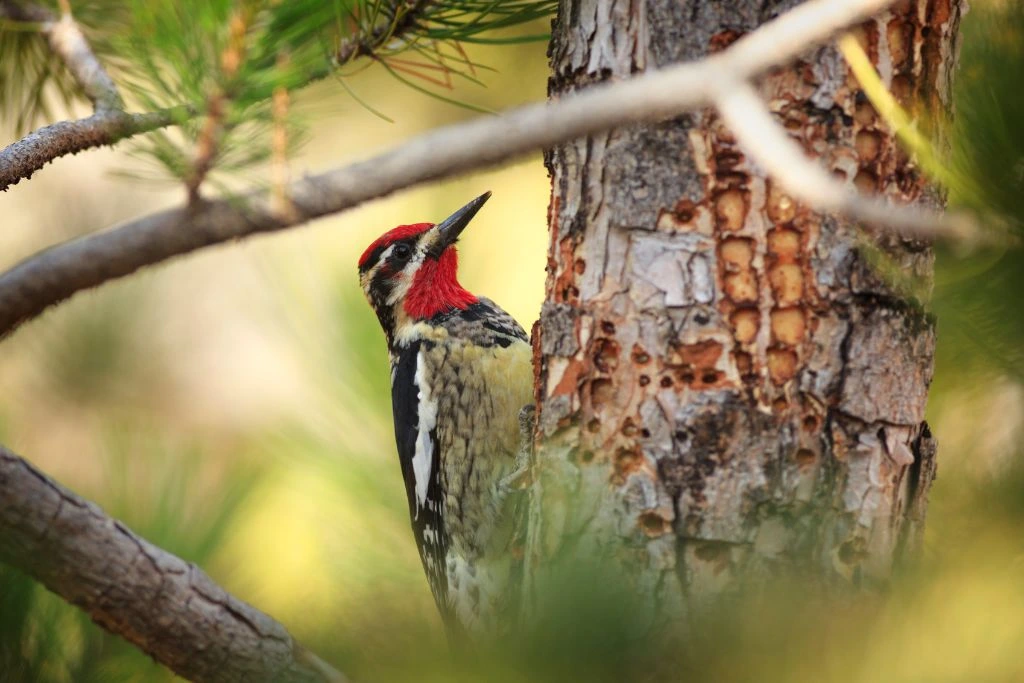
- Kingdom: Animalia
- Phylum: Chordata
- Class: Aves
- Order: Piciformes
- Genus: Sphyrapicus
- Species: Sphyrapicus nuchalis
The red-naped sapsucker (Sphyrapicus nuchalis) ranges from Alaska to Northern Mexico and the Southern United States. This species is a native insectivore that makes a good nest site, as it is durable and will shelter from predators.
The red-naped sapsucker is also a shy, retiring species that makes a good nesting bird. This species is also known for its loud, harsh calls, typically heard in the morning and evening.
The male red-naped species will usually have a red throat patch that’s more extensive but with a broken black border. It will also have white markings in two rows. They often find habitat in forests rich in willows and aspens. However, come wintertime, they will descend to lower elevations.
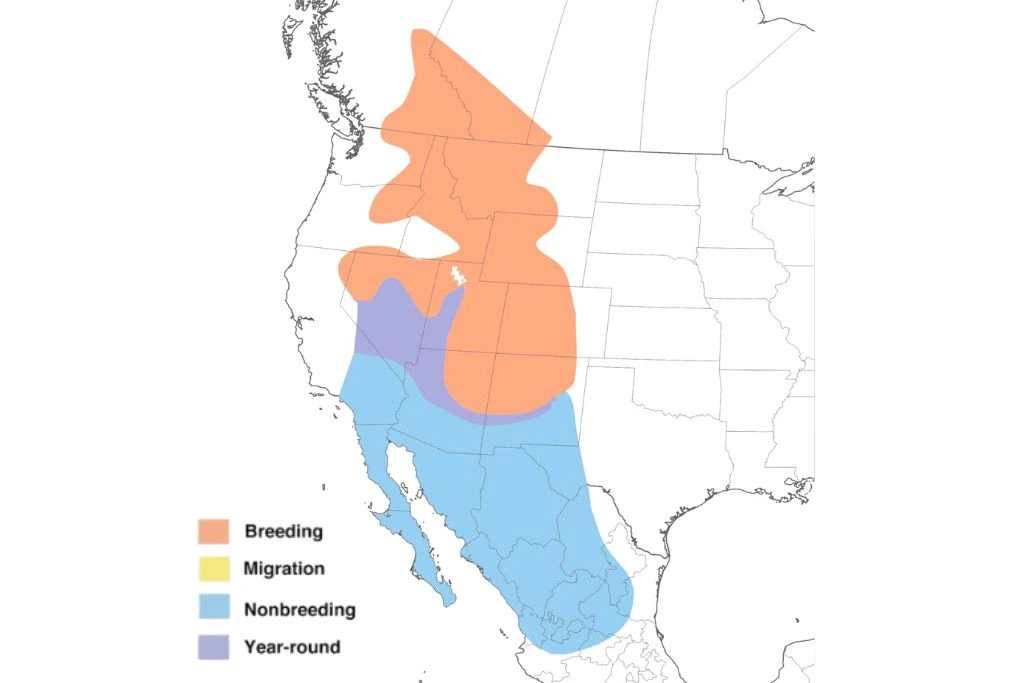
Their call is nasal with irregular drumming. Once you listen to them, you’ll instantly think they’re sending a message in morse code.
8. Downy Woodpecker
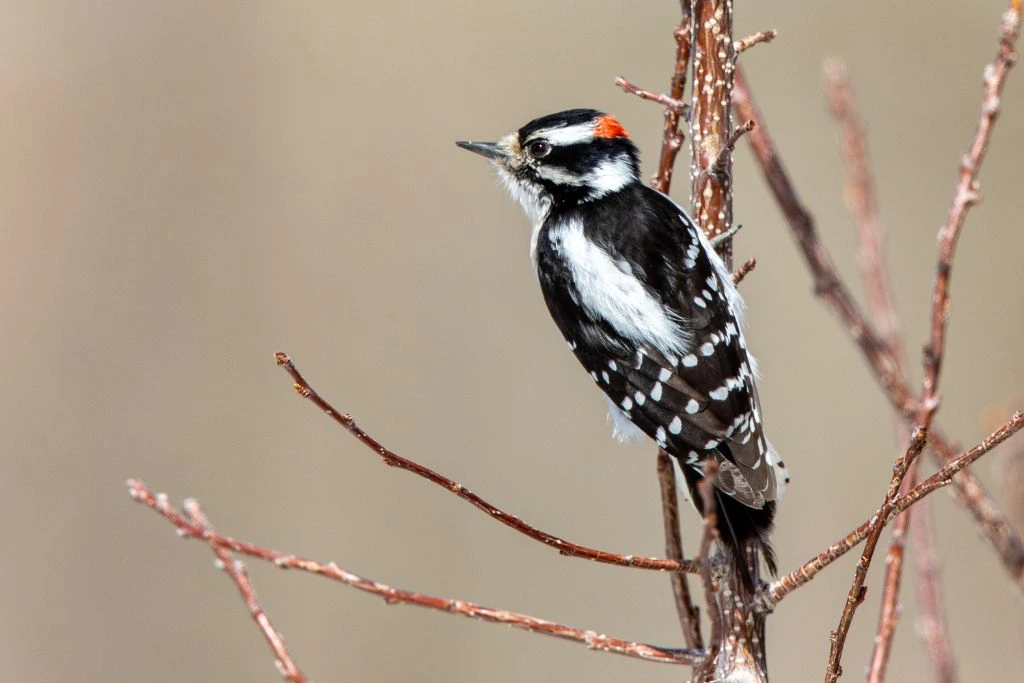
- Kingdom: Animalia
- Phylum: Chordata
- Class: Aves
- Order: Piciformes
- Genus: Dryobates
- Species: Dryobates pubescens
The downy woodpecker (Dryobates pubescens) is found in North America and the Caribbean. This species is the most widespread and common woodpecker in the country, with a large population that can be found in almost any habitat.
The downy woodpecker is one of the most aggressive species in the woodpecker order and is known to attack other birds of prey. This species is also the most gregarious of the woodpeckers in Central Texas and is, therefore, the most visible species during the nesting season.
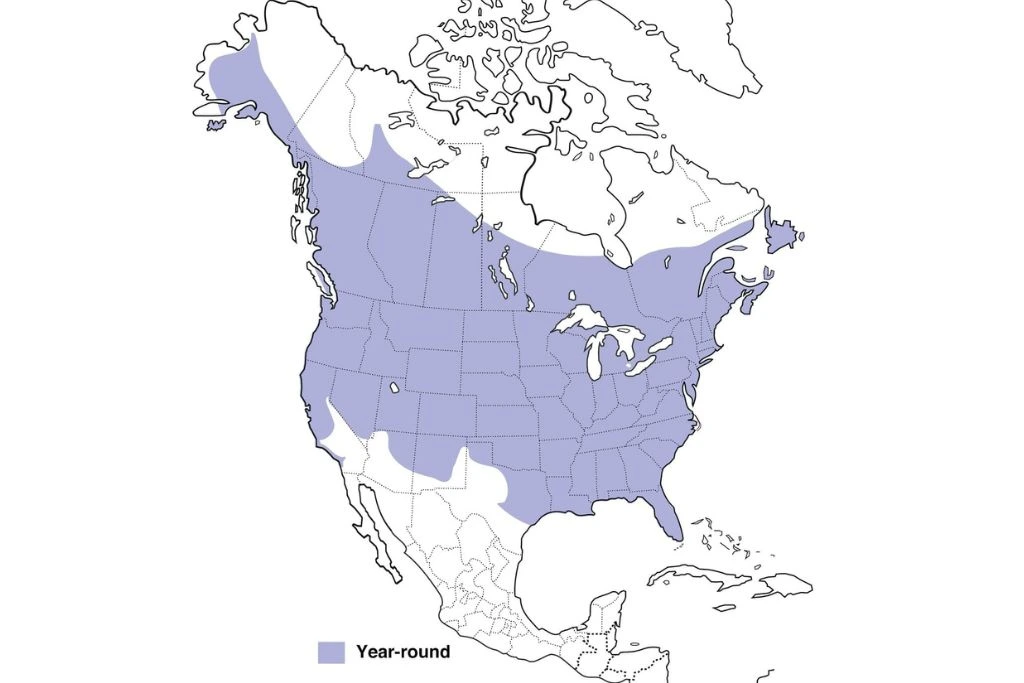
9. Hairy Woodpecker
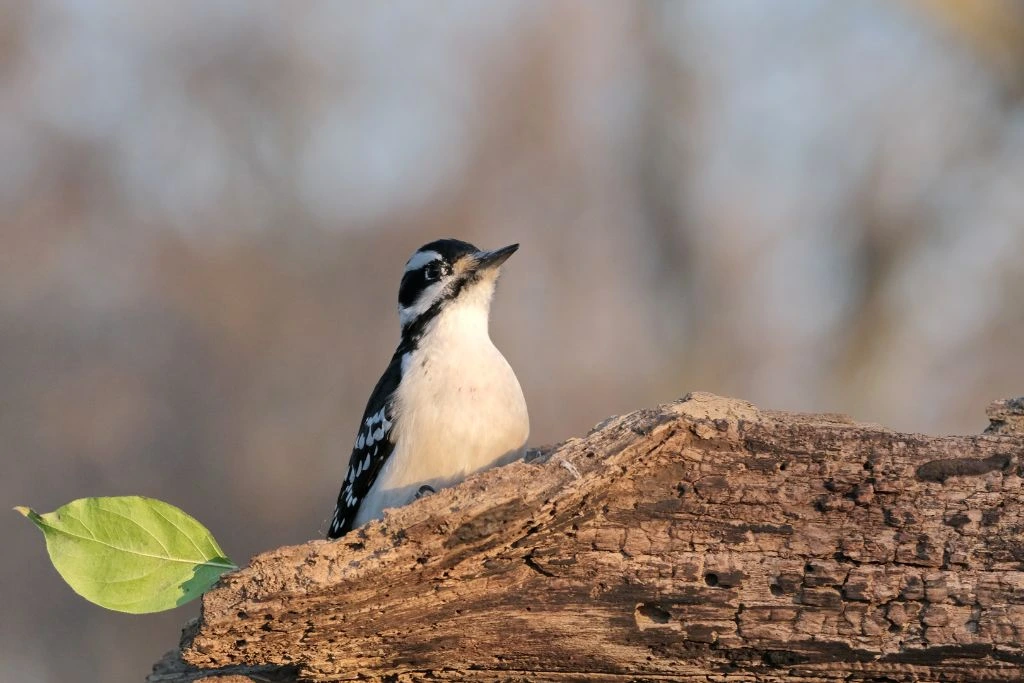
- Kingdom: Animalia
- Phylum: Chordata
- Class: Aves
- Order: Piciformes
- Genus: Leuconotopicus
- Species: Leuconotopicus villosus
The hairy woodpecker (Leuconotopicus villosus) is found in South America, Central America, and the Caribbean. This species is among the smallest of the woodpecker species, with a wingspan of about 18 feet (5.6 meters) and a body weight of about 9 pounds. They may be small, but they are among the most powerful species that you will find.
They get their name from the distinct feathers that run down their back. They are often confused with downy woodpeckers. You can distinguish the two by their bills.
This species is also one of the few woodpeckers that will nest in mangroves, where they make extremely sturdy, large-branched trees.
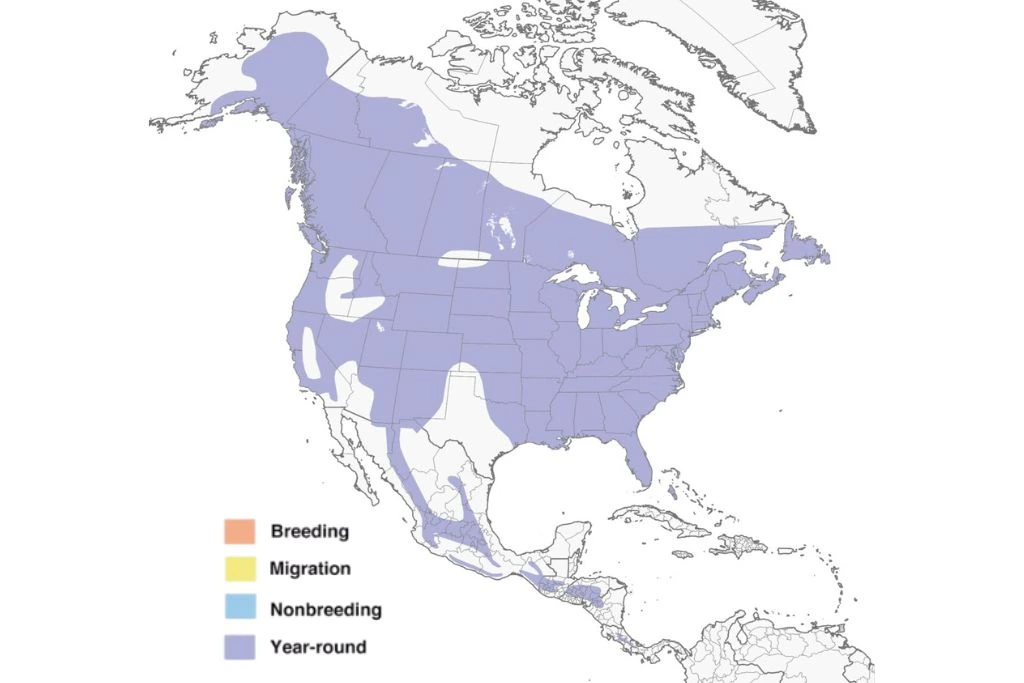
They are notable for having black and white woodpeckers and long bills. It’s always a sight to see them as they are fairly rare to see in open and dense woods.
10. Ladder-Backed Woodpecker
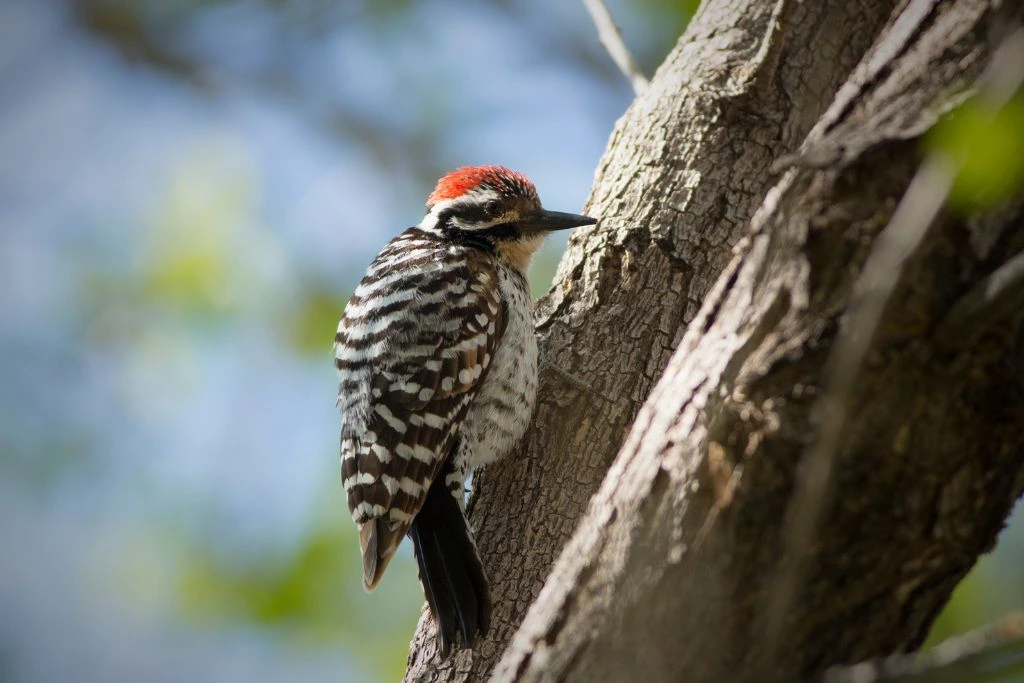
- Kingdom: Animalia
- Phylum: Chordata
- Class: Aves
- Order: Piciformes
- Genus: Dryobates
- Species: Dryobates scalaris
The ladder-backed woodpecker (Dryobates scalaris) is found in the American Southeast. They are small woodpeckers with short necks, square heads, and stiff tails, which they use for support. The ladder-backed woodpecker is known for its strong bill, which is used to crack open nuts and seeds. This is despite the small size of their bills.
They are also one of the most social of the South Texas woodpeckers and typically guard and feed upon the eggs and chicks of other species.
You can attract them to your backyard by luring them with several of their staples at feeding stations. They will feed on mealworms, sunflower seeds, and peanut butter.
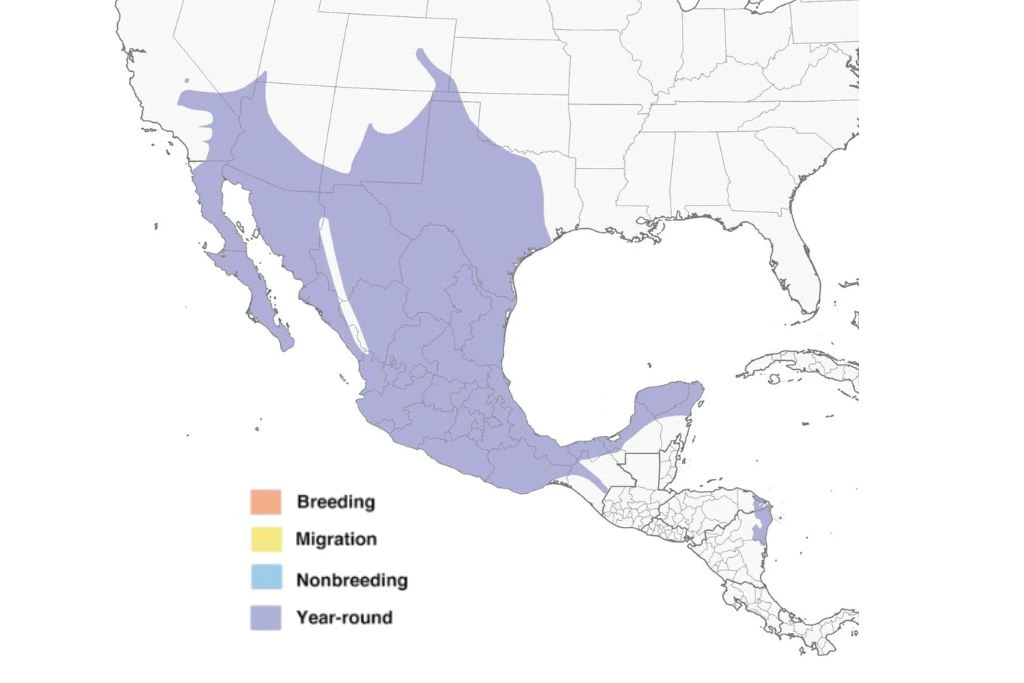
How do you spot them? You can listen to their peek call. It’s similar to a quick drumming or rattle.
11. Red-Cockaded Woodpecker
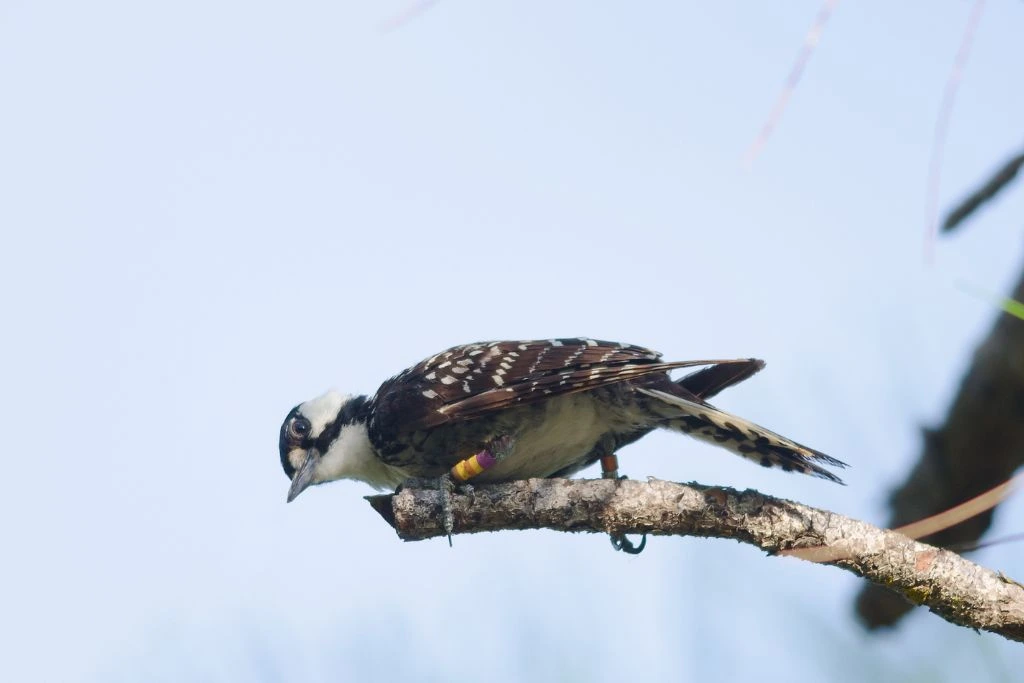
- Kingdom: Animalia
- Phylum: Chordata
- Class: Aves
- Order: Piciformes
- Genus: Leuconotopicus
- Species: Leuconotopicus borealis
Red-cockaded (Leuconotopicus borealis) make mature pine forests their homes. In contrast to most woodpeckers who drill holes in dead trees, this species will bore out cavities in living pine trees. This practice has led them to adopt complex behaviors, such as cooperative breeding to the excavation of resin barriers. However, this behavior contributed to these birds’ decline. Since they require pine trees, which are decreasing in numbers, red-cockaded woodpeckers are at risk for endangerment.
This species often live a more sedentary lifestyle, with the males only flying short distances. They are small in size but only slightly bigger than downy woodpeckers. Adults will be about 20 to 23 centimeters in length, with a wingspan of 35 to 38 centimeters.
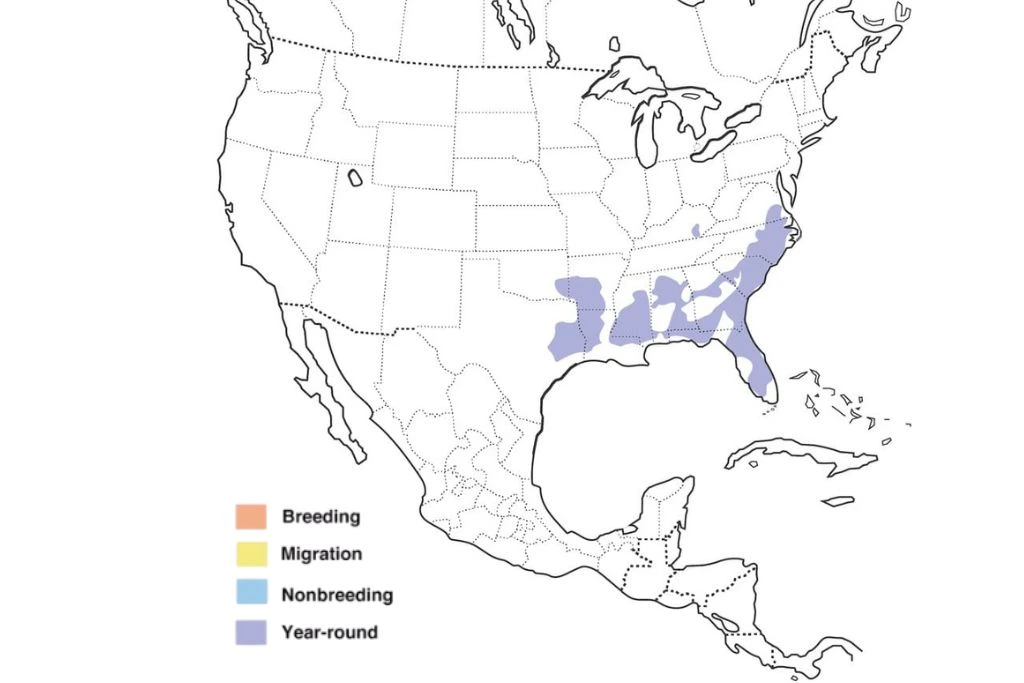
They would mostly eat arthropods, including cockroaches and ants, but they will also eat beetles, spiders, moths, and true bugs. While they also peck on fruits and seeds, it only makes up a portion of their diet.
Identifying Woodpeckers in Texas
The easiest way to identify a woodpecker is by looking at its plumage. Other factors help in identifying a species, too. For example, the call of the bird and other biological characteristics are important to get a correct identification.
The identification of these birds is important because they have a big impact on the environment. Woodpeckers play an important role in ecosystems by feeding on trees, nuts, and other vegetation.
It is important to note that woodpeckers are quite territorial and fight over the right to feed on a particular tree. They will often defend their territory against other species of birds, including other woodpeckers. This can be a confusing issue for the bird watcher, as they often see two species of woodpeckers in one location.

